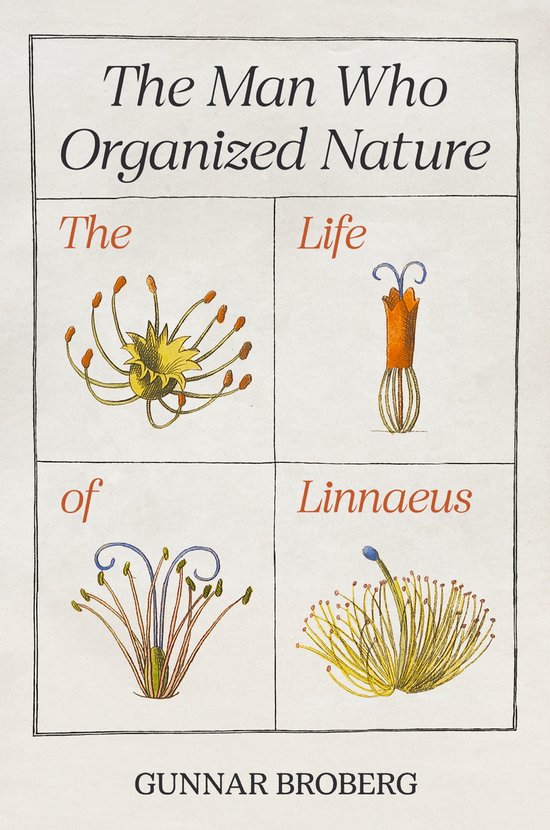
Linnaeus' Philosophia Botanica
The eighteenth-century botanist Carl von Linne, commonly known as Linnaeus, was the inventor of the binary nomenclature now standard in biology. His "Philosophia Botanica" represents a key stage in the evolution of the scientific classification and naming of plants.
Philosophia Botanica (The Science of Botany), by Carl Linnaeus, was originally published in Latin in Stockholm and Amsterdam in 1751. It is a greatly expanded revision of his Fundamenta Botanica (Foundations of Botany) of 1736, summarizing his work on the classification and taxonomy of plants while adding substantial new material. The book represents a critical stage in the evolution of binomial nomenclature, with a single word to describe the genus and another for the species. Special importance is attached to accurate description of the parts of plants, and to the correct use of technical terms. There are also explanations of the effects of soil and climatic conditions on plant growth. The book includes 10 original engravings, with 167 figures showing the shapes of leaves and other parts of the plant, and 6 short memoranda describing Linnaeus' botanical excursions, detailing his ideas for garden and herbarium construction, and outlining what is required of a botanist and his pupils. There are also indexes of technical terms, genera, and subjects. The first full English translation of this classic work since 1775, this beautiful book will be highly attractive to botanists and all those interested in the history of science.
Philosophia Botanica (The Science of Botany), by Carl Linnaeus, was originally published in Latin in Stockholm and Amsterdam in 1751. It is a greatly expanded revision of his Fundamenta Botanica (Foundations of Botany) of 1736, summarizing his work on the classification and taxonomy of plants while adding substantial new material. The book represents a critical stage in the evolution of binomial nomenclature, with a single word to describe the genus and another for the species. Special importance is attached to accurate description of the parts of plants, and to the correct use of technical terms. There are also explanations of the effects of soil and climatic conditions on plant growth. The book includes 10 original engravings, with 167 figures showing the shapes of leaves and other parts of the plant, and 6 short memoranda describing Linnaeus' botanical excursions, detailing his ideas for garden and herbarium construction, and outlining what is required of a botanist and his pupils. There are also indexes of technical terms, genera, and subjects. The first full English translation of this classic work since 1775, this beautiful book will be highly attractive to botanists and all those interested in the history of science.
| Auteur | | Carl Linnaeus |
| Taal | | Engels |
| Type | | Paperback |
| Categorie | | Wetenschap & Natuur |





